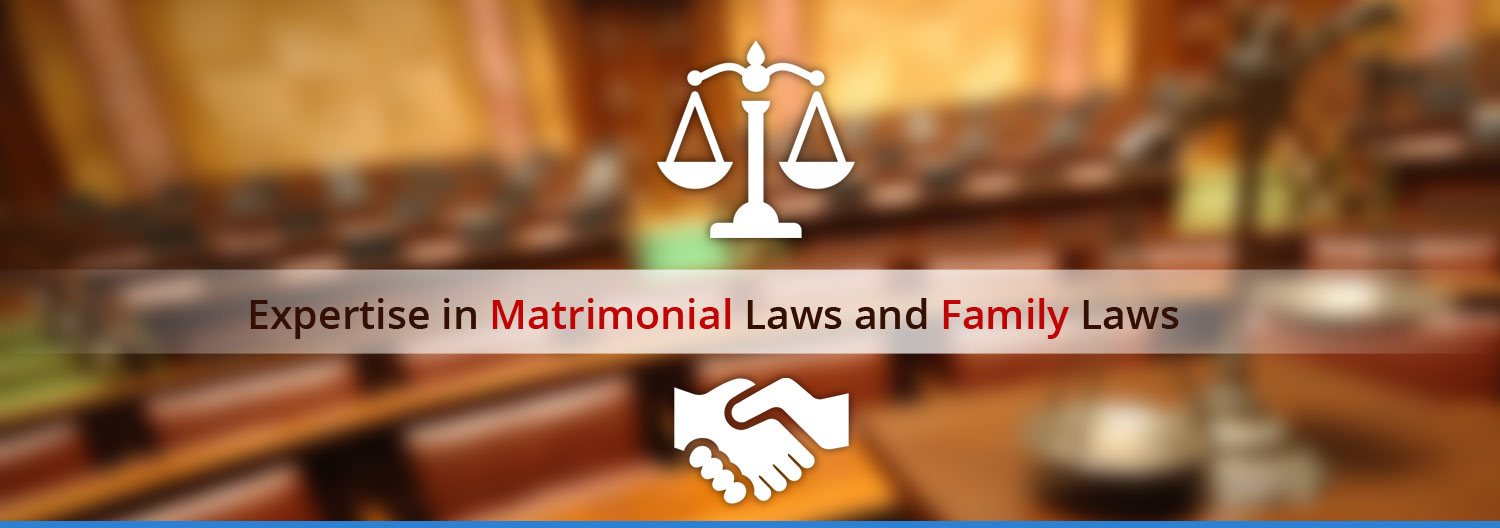2. ANDHRA PRADESH HIGH COURT RULES TO REGULATE PROCEEDINGS UNDER THE HINDU MARRIAGE ACT, 1955
1. Definitions.—
(i) ‘Act’ means the Hindu Marriage Act, 1955 (Act of 25 of 1955).
(ii) ‘Court’ means the Court mentioned in Section 3 (b) of the Act.
2. Form of proceedings.—The following proceedings under the Act shall be entitled by original petitions.
(i) under Section 9 for restitution of conjugal rights,
(ii) under sub-section (1) of Section 10 for judicial separation;
(iii) under sub-section (2) of Section 10 for rescinding a decree for judicial separation;
(iv) under Section 11 for declaring a marriage null and void;
(v) under Section 12 for annulment of a marriage by a decree of nullity;
(vi) under Section 13 for divorce;
(vii) under Section 26 to make order and provisions with respect to the custody, maintenance and education of children.
3. Other proceedings.—Every other proceeding subsequent to the petition shall be by an interlocutory application.
4. Cause title.—Every petition, application, affidavit, decree or order under the Act shall be headed by a cause title in Form I and shall set forth the provisions of the Act under which it is made.
5. Petition.—(a) Every petition under the Act shall be accompanied by a certified copy of the entry relating to the marriage in question in the Hindu Marriage Register maintained under Section 8 of the Act, where such marriage has been registered under the Act.
(b) Every petition for divorce on any grounds, mentioned in clauses (i) and (ii) of Section 13 (1A). of the Act1 shall be accompanied by a certified copy of the decree for judicial separation or for restitution of conjugal rights, as the case may be.
6. Contents of petition.—(1) Every petition shall state—
(a) the place and the date of the marriage.
(b) the names of the parties and their occupation;
(c) the place and address where the parties reside or last resided together within the jurisdiction of the Court;
(d) the names of the children, if any, of the marriage together with their dates of birth or ages;
(e) if prior to the date of the petition there has been any proceeding under the Act between the parties to the petition, the full particulars thereof;
1. Now Clauses (i) and (ii) of Section 13(1A).
(f) if the petition is for restitution of conjugal rights, the date on or from which and the circumstances under which the respondent withdrew from the society of the petitioner.
(g) if the petition is for judicial separation, matrimonial offence alleged or other grounds upon which the relief is sought, together with full particulars thereof so far as such particulars are known to the petitioner, e.g.—
(i) in the case of alleged desertion, the date on and from which and the circumstances under which it began;
(ii) in the case of cruelty or sexual intercourse with any person other than his or her spouse, the specific acts of cruelty or sexual intercourse and the occasion when and places where such acts were committed together with the name and address of the person or persons with whom the respondent had sexual intercourse;
(iii) in the case of virulent form of leprosy or venereal disease in a communicable form, when such ailment began to manifest itself, the nature and the period of the curative steps taken together with the name and address of the person who was treated for such ailment and in the case of venereal disease that it was not contracted from the petitioner;
(iv) in the case of unsoundness of mind, the time when such unsoundness began to manifest itself, nature and period of any curative steps taken together with the name and address of the person who was treated for such unsoundness of mind;
(h) if the petition is for divorce or judicial separation the matrimonial offence alleged or other grounds upon which the relief is sought together with the full particulars thereof so far as such particulars are known to the petitioner, e.g.
(i) in the case of adultery, the specific acts of adultery and the occasion when and place where such acts were committed together with the name and address of the person with whom such adultery was committed;
(ii) in the case of incurable unsoundness of mind the time when such unsoundness began to manifest itself, the nature and period of any curative steps taken together with the name and address of the person who was treated for such unsoundness of mind;
(iii) in the case of virulent and incurable form of leprosy or venereal disease in a communicable form, when such ailment began to manifest itself, the nature and the period of any curative steps taken together with the name and address of the person who was treated for such ailment;
(iv) in the case of presumption of death, the last place where the parties lived together, date when and the place where the respondent was last seen or heard of as alive and the steps, if any, taken to ascertain his or her whereabouts;
(i) if the petition is for a decree of nullity of marriage on the ground specified in clause (c) or clause (d) of sub-section (1) of Section 12 of the Act, the time when the facts relied on were discovered and whether or not marital intercourse with the consent of the petitioner took place after the discovery of the said facts.
(2) The petition shall set out at the end, the relief or reliefs sought including any claim for.
(i) custody, care and maintenance of children;
(ii) permanent alimony and maintenance;
(iii) costs.
Where a claim is made under clause (ii) above, the petition shall specify the annual or capital value of the respondent’s property, the amount of his or her annual earnings and other particulars relating to his or her financial resources and particulars relating to the petitioner’s income and other property.
7. Contents of written statement.—Every written statement in answer to a petition for restitution of conjugal rights shall set out the particulars as far as may be set out in clauses (g), (h) and (i) of sub-rule (1) of Rule 6.
8. Co-respondent.—(1) Where a husband’s petition alleges adultery on the part of respondent, the alleged adultery shall, if he is living, be made a co-respondent in the petition.
Provided, however, that in case the adulterer’s name, identity or whereabouts are unknown to the petitioner in spite of reasonable enquiries made and the Court is satisfied that it is just and expedient so to do, it shall, on the application of the petitioner, dispense with the naming of the co-respondent.
(2) In every petition under Section 13(2) (i) of the Act, the petitioner shall make “the other wife” mentioned in that Section a co-respondent.
(3) In every petition under Section 11 of the Act, on the ground that the condition in Section 5(i) is contravened, the petitioner shall make the spouse, alleged to be living at the time of the marriage, a co-respondent.
9. Damages and costs against co-respondent.—(1) Where damages are claimed, the Court shall assess the damages and direct in what manner the damages, if any, awarded shall be paid or applied.
(2) The Court may also direct the whole or any part of the costs of the petition shall be paid by the co-respondent:
Provided that the co-respondent shall not be ordered to pay petitioner’s costs—










it is very usefull tothe advocates & clients, thanks
thanks.